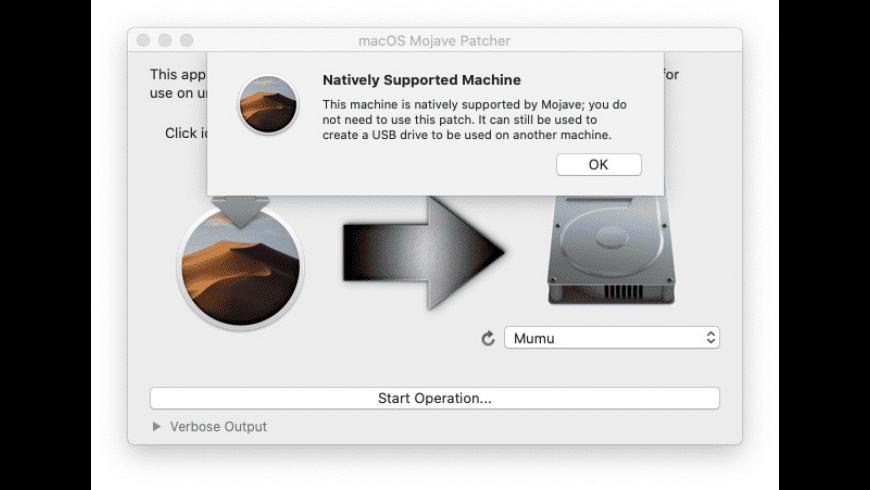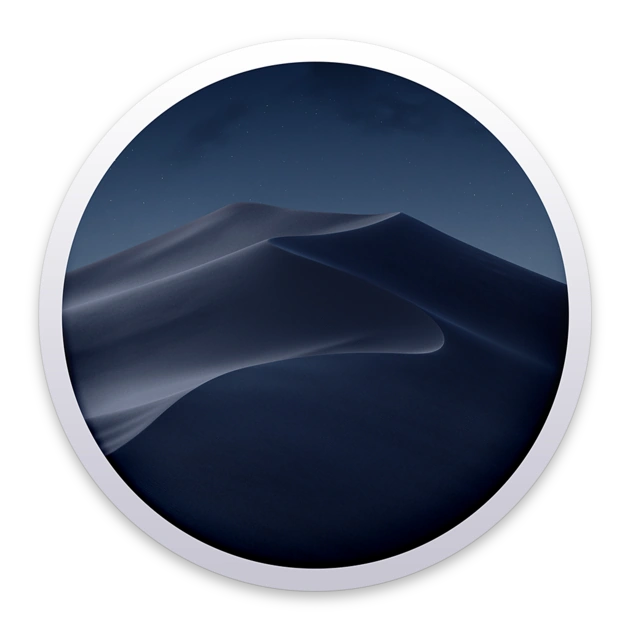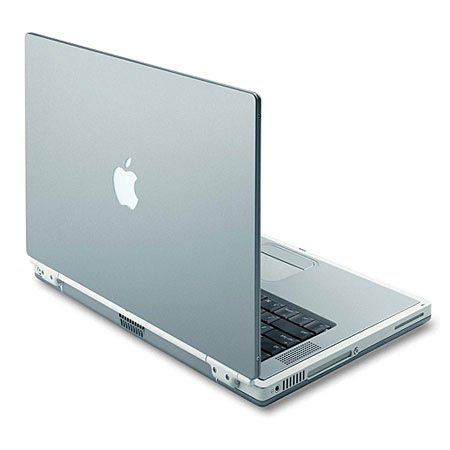Mac Os X Mojave Patcher

Mac Os X Mojave Patcher Download
Important Notes:
Mac Os X Mojave Patcher
2006-2007 Mac Pros, iMacs, MacBook Pros, and Mac Minis: MacPro1,1 MacPro2,1 iMac4,1 iMac5,x iMac6,1 iMac7,1 MacBookPro1,1 MacBookPro2,1 MacBookPro3,1 Macmini1,1 Macmini2,1 The 2007 iMac 7,1 is compatible if the CPU is upgraded to a Penryn-based Core 2 Duo, such as a T9300. Now grab a copy of macOS Catalina Patcher from this website (you can also get the Mojave and High Sierra patchers if you have a Mac with certain hardware that can’t be made to work with Catalina). While you’re there, give the page a careful read to see if your Mac is properly supported by the patcher and what known issues there might be.

- Using APFS is REQUIRED in Mojave in order to receive system updates via the normal Software Update method. If you choose to continue using macOS Extended (Journaled) as your filesystem type, you will NOT receive System Updates via System Preferences. If you are not using APFS, you can follow the 10.14.1 installation steps below.
- After applying ANY system update via Software Update, re-applying post-install patches using your Mojave Patcher installer volume will most likely be necessary. If you install a software update and the system fails to boot afterwards, this is what needs to be done.
10.14.6
10.14.6 can be updated normally via Software Update if using an APFS volume, and will need to be patched using an installer volume created with Mojave Patcher version 1.3.2 or later after installing.
Mac Os X Mojave Patcher
10.14.5
10.14.5 can be updated normally via Software Update if using an APFS volume, and will need to be patched using an installer volume created with Mojave Patcher version 1.3.1 or later after installing.
10.14.4
10.14.4 adds new changes that ARE NOT patchable by the post-install tool of Mojave Patcher v1.2.3 and older! Before updating to 10.14.4, you you will need to use the latest Mojave Patcher version to create a new installer volume, using the 10.14.4 installer app. Then, update to 10.14.4, either by installing via Software Update, or by just using the installer volume you've created to install.
10.14.3
If you are currently running 10.14.1 or 10.14.2, you can simply use the Software Update pane of System Preferences (if using APFS) to apply the 10.14.3 update. Once the update is installed, you will most likely need to re-apply post-install patches to get the system to boot again. This process is detailed in steps 8 - 10 above. If you are currently running 10.14.0, you'll need to proceed with the 10.14.1 update method described below.
Paragon hfs+ key. Paragon HFS+ does cost $20, but it also offers a 10-day free trial. If you just need to recover files from a drive, 10 days is plenty of time to install this file system driver, copy your files over, and uninstall it. Paragon NTFS-HFS Converter is a specially designed utility, that converts NTFS volumes to HFS+ volumes, or HFS+ volumes to NTFS. This utility consists of a wizard that helps you select the desired volume for conversion, gives you the option to back it up, then quickly performs the conversion. Paragon HFS + for Windows is an impressive application fashioned to let users access partitions in different formats. With this application, users can access the partitions which cannot be accessed by the system itself such as HFS Format.
10.14.2

If you are currently running 10.14.1, you can simply use the Software Update pane of System Preferences (if using APFS) to apply the 10.14.2 update. Once the update is installed, you will most likely need to re-apply post-install patches to get the system to boot again. This process is detailed in steps 8 - 10 above. If you are currently running 10.14.0, or are using a non-AFPS volume, you'll need to proceed with the 10.14.1 update method described below.
 10.14.1/macOS Extended (Journaled) volumes
10.14.1/macOS Extended (Journaled) volumesThe Mojave 10.14.1 update does NOT install properly on unsupported machines, and could result in an unbootable OS. If you want to install the 10.14.1 update (and are not currently running 10.14.1), perform the following steps:
• Download the latest version of Mojave Patcher
• Download the installer using the Tools menu of Mojave Patcher
• Create a patched USB installer
• Boot from that, and install 10.14.1 onto the volume containing an older release.
• Once done, apply the post-install patches, and you should now be on 10.14.1.

